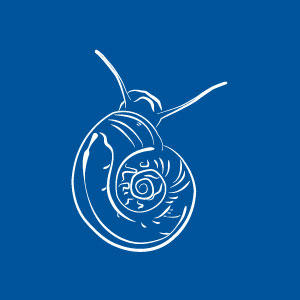
This includes the meteorology, entomology, parasitology and malacology components of the study.
The main outcome is to increase the knowledge of stakeholders on the relationship between climate, socio-ecological systems and the spread of malaria and schistosomiasis.
This involves geographic, household, parasite, entomological, and malacological surveys. Historical meteorological data (temperature, rainfall, relative humidity) and clinical data (incidence and prevalence of malaria and schistosomiasis) are also collected.
For the entomological study, the main breeding sites of mosquitoes in each site are recorded. Factors which determine the presence of mosquitoes are characterized in the dry season and the rainy season. Adult mosquitoes are also collected from inside houses and identified. For the malacological (snail) study the water system is mapped and characterised in the dry season and the rainy season. All this is done to determine the main places where both malaria and schistosomiasis could be transmitted.
